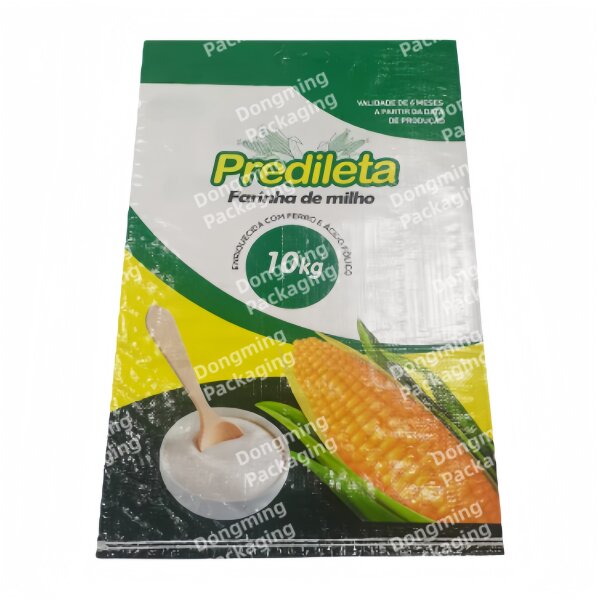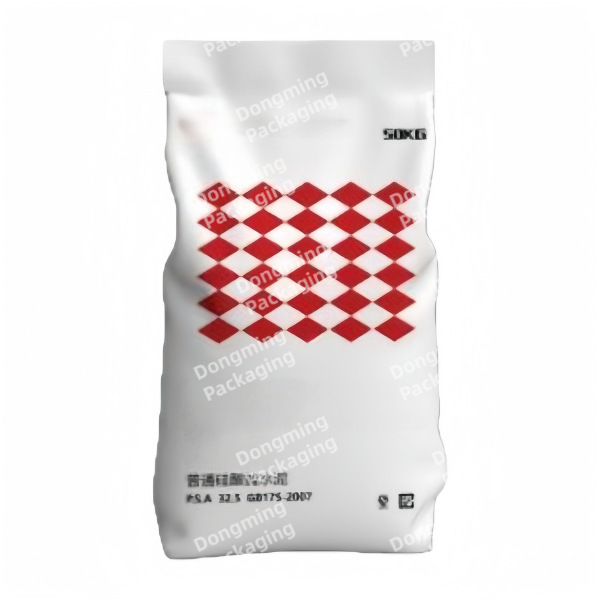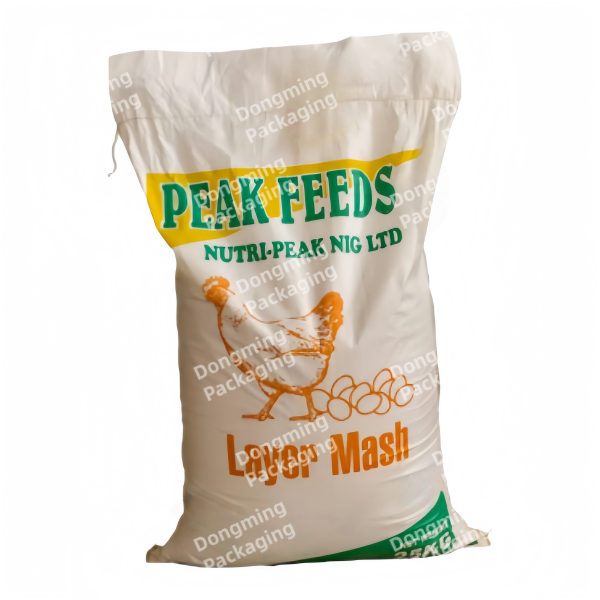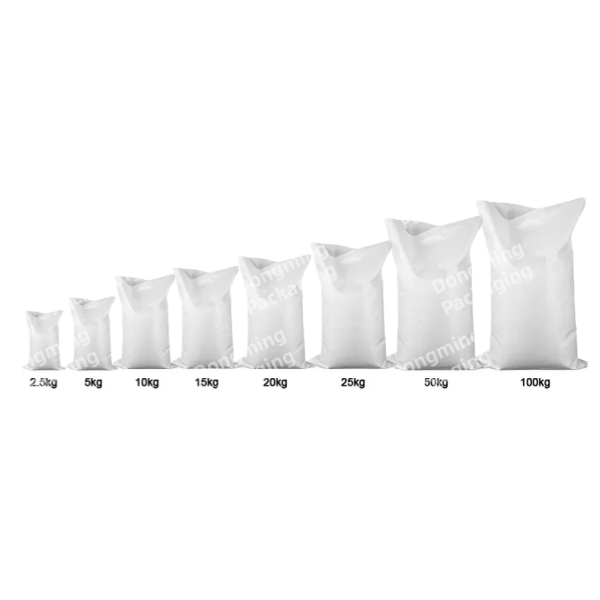Product Introduction
Common woven bag types include sewn-bottom bags suitable for heavy-duty packaging; valve bags equipped with dedicated filling valves for efficient filling of powdery materials; heat-sealed bags with excellent sealing performance; and inner-film bags and paper-plastic composite bags that achieve moisture protection through lamination or composite processes to meet the packaging requirements of food and chemicals.
Thanks to its materials and structure, woven bags possess a series of outstanding performance advantages: excellent tensile strength, outstanding abrasion and impact resistance, lightweight, effectively reducing packaging and transportation costs, moisture-proof, dust-proof, and spill-proof properties, with some models meeting food-grade hygiene standards, recyclable polypropylene material conforming to green packaging concepts, resistance to acid and alkali corrosion, a wide applicable temperature range, and customizable specifications and printing patterns.
As a core industrial and logistics packaging carrier, woven bags are used in many key areas of the modern economy: in industrial production, they reliably carry granular materials such as cement, fertilizers, and chemical raw materials; in agricultural production, they safely package and store grains, feed, and seeds; in commercial distribution, they provide efficient outer packaging and transportation protection for food, daily necessities, and other commodities; and in construction engineering, they are also a powerful tool for the temporary storage and handling of sand, gravel, building materials, and other construction site materials.







